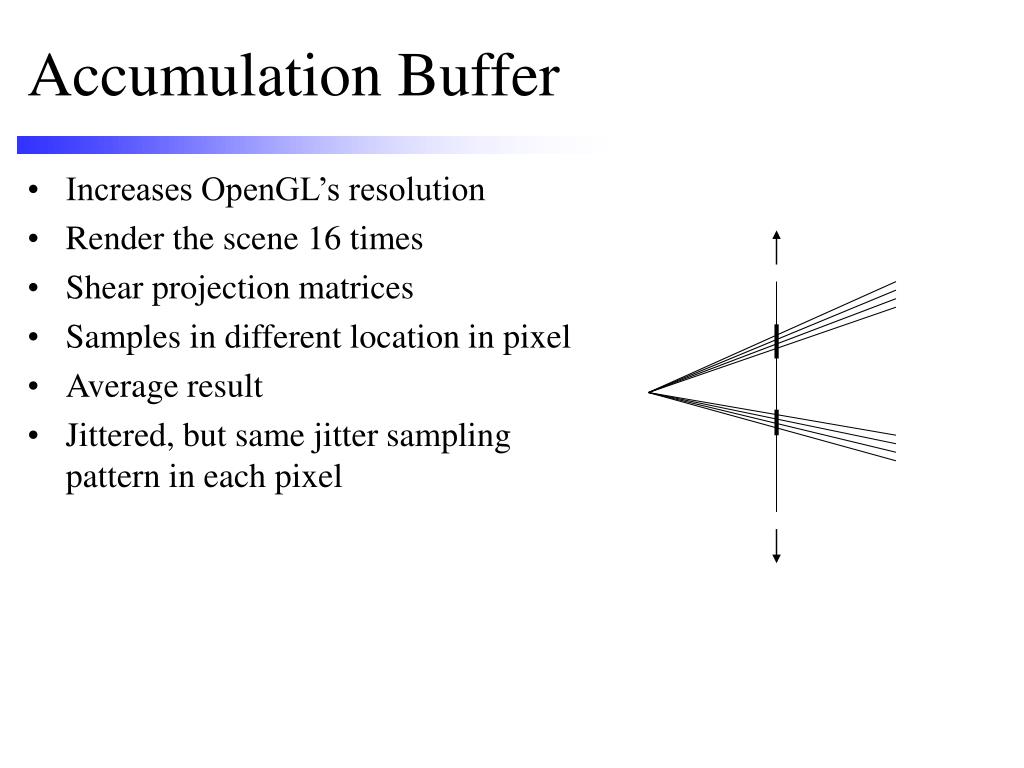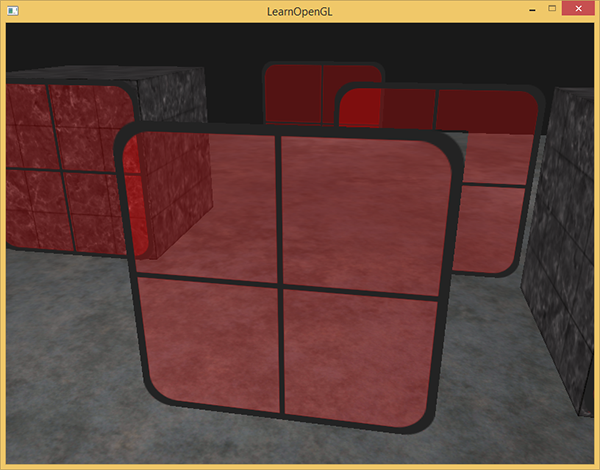

In order to perform the lighting, the pixel’s world position is calculated from its screen position and depth at that pixel. Note: The lights are rendered as world-space cubes. The final pass does the actual lighting by reading the lighting value from the lighting buffer and using the value as the light color.

The normals are encoded in pass 1, allowing the X and Y components to be stored with 16-bit precision in the 32-bit buffer. This three-pass approach uses only one color buffer at a time, meaning it will work on an OpenGL ES 2.0 device. The deferred lighting technique is implemented with two 32-bit color buffers and a 24-bit depth buffer. The following process outlines how the scene is rendered using deferred lighting. Process for deferred lighting/light pre-pass The forward rendering technique is implemented with an RGBA8 back buffer and a 24-bit depth buffer. The following process outlines how the scene is rendered using forward rendering. The scene consists of a lighthouse and beach with various colored lights floating around, lighting the scene. The scene used in this sample is designed to show one of the largest advantages of deferred rendering – many lights. The following sections describe the implementation processes for This lack of support forced game developers to use either forward rendering or deferred lighting. Prior to version 3.0, OpenGL ES did not support multiple render targets, one of the requirements for deferred shading. Multiple render targets for full deferred shading are supported in OpenGL ES version 3.0 with Android 4.3 or iOS 7. OpenGL ES rendering support in mobile OSes For a more in-depth description of deferred rendering, see Deferred Rendering in Killzone 2.

Both deferred techniques defer the lighting calculations until every object has been drawn, then applies all lighting in one pass. Although simple to implement, this technique slows down as more lights are introduced to the scene, and most realistic scenes require several lights.ĭeferred lighting and deferred shading are techniques that efficiently render a scene with many more lights than traditional forward rendering. Lights are defined first and then objects in the scene are rendered in some order with light calculations done on each object as it is drawn. This article outlines how you can efficiently implement the following rendering techniques on mobile devices using OpenGL ES:įorward rendering is conceptually the simplest rendering model. Sample code to accompany the article can be downloaded from the GitHub repository here Introduction This is an article written by Kyle Weicht, Software Engineer with the Visual Computing Engineering team at Intel Corporation.


 0 kommentar(er)
0 kommentar(er)
